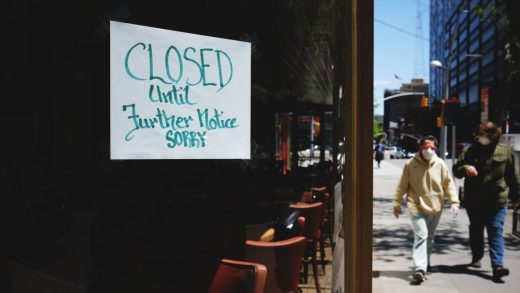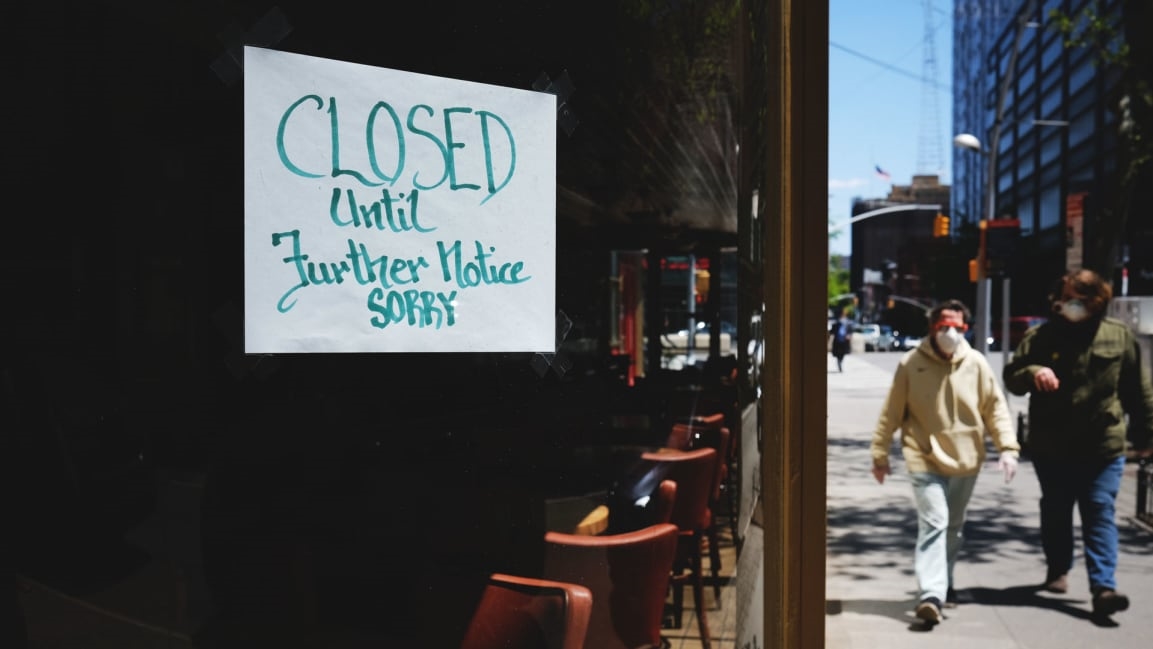The graceful exit: How to shutter a business when the pandemic forces closure
Robert Siegel has peered into the post-COVID-19 future and concluded that anyone hoping for a quick recovery is likely to be disappointed. Which means a great many businesses will fail.
“We can say that with 1,000% certainty,” says Siegel, a lecturer in management at Stanford Graduate School of Business, “and there are many reasons why.”
First, he says, a vaccine almost certainly won’t be widely available for at least a year. In the interim, restaurants, airlines, and hotels are going to be running well below capacity.
“There’ll be fewer jobs, and fewer jobs means less money flowing into the economy,” he says. “It’s impossible for things to bounce right back.”
As a general partner at XSeed Capital and a venture partner at Piva, Siegel researches strategy and innovation in companies of all sizes, with an emphasis on technology. We sat down with him to ask a few questions about what a good leader should do if the current pandemic proves to be an extinction event for their firm.
What are the sure signs that it’s time to close a business?
R.S.: I’m assuming a leader has already cut expenses, reduced travel, and resorted to salary cuts, furloughs, and layoffs. The way bankruptcy law works in the United States, they have two payments they are legally obligated to make: to employees, for the work they’ve done and money they are owed, such as vacation pay; and to the government, for taxes. Everyone else is a creditor. At the point where you can no longer pay the government or your employees, your company is insolvent. And you can generally see that coming. Not everyone is on top of the details, but a good leader should be.
So that’s when the tough stuff starts.
R.S.: There’s the analytical part and the emotional part. The analytical part is actually the easier side. A leader has visibility into his or her sales and fundraising pipelines, and also their cash burn. And there will come a point when they don’t have clarity on future cash availability.
And the emotional side?
R.S.: That’s much harder. A great business leader and entrepreneur wants to keep fighting valiantly against the odds. The hero’s journey is the narrative told repeatedly in the press about the business leader who fought through it all when everyone thought they were doomed. We celebrate those people. If you look at Stanford GSB alumni, all of whom are smart, driven, ambitious, and successful, losing is not a normal state of affairs. So emotionally processing that is not a trivial issue. You go through the grieving process. It’s a death, and a strong leader needs to be able to navigate both the analytical and the emotional sides of it.
Are there factors related to the current crisis that a company leader should consider when weighing their viability options?
R.S.: Near term, the lack of visibility as to what’s coming is what makes this so hard. How long until a vaccine is widely available? Even when a vaccine does become available, how long until we get back to some sense of normalcy? Is it twelve months? Twenty-four months? Thirty-six? That’s a long time, and a lot of variability. What’s particularly hard about this is that it’s not just an economic cycle. It’s hard to believe that just 90 days ago we were dealing with the lowest unemployment levels in the last 70 years. Our students were graduating into a bold job market. Now it’s gone from literally the best job market to one of the worst. But what’s unique about this is that it’s going to come back—we just don’t know when. We’ve dealt with pandemics in the past and beaten them. As a species we’re pretty resilient. But for someone who’s running a company, the time frame is everything. How long can you keep the lights on?
Can you give an example of a company that closed its doors gracefully?
How about one that fumbled that transition?
R.S.: The company that recently laid off 406 people in two minutes via a Zoom webinar. That’s just not handling things with grace and dignity.
What could they have done differently?
R.S.: They may not have been able to do it in person because of COVID, but you want to have personal messages to people, and you want to be transparent as to what’s going to happen to their benefits, their salaries, their severance, and what resources you’re going to make available to help them find new jobs. It’s about clear communication and treating people with respect.
Are there risks to hanging on too long?
R.S.: There are legal risks for sure. In the U.S., board members can be personally liable for government taxes that are owed and also for employee salaries and back pay. But there’s also the emotional side. Have you given people enough time to find other jobs, especially if you know the closure is going to happen? Often a leader will be trying to sell the business, and they want to have a team in place as part of the sale. How do you handle that? You want to be open with the employees, but if you’re too open, the risk is that they’ll all leave and you won’t get anything for the company.
Are there common mistakes that owners make when facing that grim option?
R.S.: Lack of planning. You don’t want people thinking, “Oh my god, this was decided the night before.” You don’t want to be slipshod, with a lack of communication and empathy.
Is there a single most effective thing a business owner should do to ease the impact on employees?
R.S.: Communication. And do whatever is possible to help the employee transition to the next role. Now, many companies may not be in a position to do that last thing. And sometimes it’s hard to find the time and energy to do those things when the world is collapsing. But the more of those things a leader can do, the better it tends to go.
Some leaders have to choose between restructuring under Chapter 11 or dissolving via Chapter 7. What factors should guide them in that decision?
R.S.: Is the business no longer viable, or is it merely in need of economic restructuring? Leadership has to determine whether it’s not viable as currently structured, or just simply not viable.
What responsibility should leaders feel toward creditors in those situations?
R.S.: U.S. bankruptcy law allows businesses to fail with grace, so the individuals involved will have the ability to get going again later and not get burned personally for years and years. The rationale is that the system encourages people to take risks and to try new businesses. The downside is that creditors sometimes don’t get paid for goods and services that they’ve provided. The laws are different in other countries, where bankruptcy is not acceptable, legally or culturally. Those parts of the world often have less entrepreneurship and less risk-taking because of their structures and cultural norms. It’s best if everyone can get paid what they are owed, but that isn’t always possible.
What mistakes have you seen leaders make to their own reputations when their businesses fail?
R.S.: Pay themselves huge bonuses before bankruptcy. Treat employees poorly. Lose their temper and react emotionally in anger. Reacting emotionally in a vulnerable way is revered, but doing so with anger is not. You can be angry at your bad luck and that the universe is not fair, but you don’t get to lose your temper with people.
How can they protect their reputation?
R.S.: Treat people with empathy, because your reputation will follow you, especially in a world so filled with social media. When businesses close, some leaders come off as heroes, while others come off as villains. The big thing is that good leaders during shutdowns think about everyone else first and put themselves last.
This piece was originally published by Stanford University Graduate School of Business.
(25)



